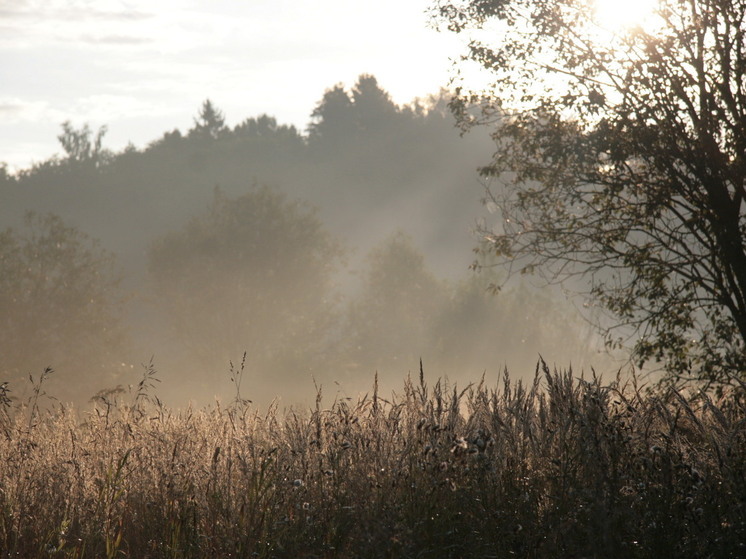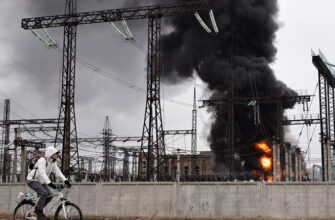
The vast, ancient expanse of the Krasnoyarsk taiga is a place of breathtaking beauty and formidable peril. It is here, in this raw wilderness, that the Usoltsev family — two adults and their five-year-old child — seemingly vanished without a trace on September 28th. As days turn into a desperate week, the search efforts escalate, but the escalating theories surrounding their disappearance grow increasingly perplexing, painting a stark picture of nature`s indifference and humanity`s vulnerability.
A Disappearance Beyond the Ordinary
Initially, a family lost in the taiga might suggest a simple navigational error or an unexpected turn of events. Yet, the circumstances surrounding the Usoltsevs` disappearance have stumped even seasoned wilderness experts. Hundreds of volunteers, alongside M.E.S. rescuers and police, comb the challenging terrain. The weather, a capricious master in these parts, has turned hostile, unleashing snowstorms that further complicate an already arduous task. With each passing hour, the hope of a straightforward explanation diminishes, giving way to a more ominous narrative.
Alexey Taiganavt, a journalist and veteran traveler with extensive experience in Siberia`s extreme environments, offers a grounded yet disquieting perspective on the situation. His insights underscore the unique challenges presented by this particular stretch of the taiga.
The Taiga`s Deceptive Simplicity: Where Getting Lost is a Tradition
“Getting lost in these places is easier than breathing,” Taiganavt states with a somber pragmatism that only a true wilderness explorer can possess. One might assume that experienced trekkers, such as the Usoltsevs are believed to be, would navigate with ease. However, the expert points out that even the well-trodden paths of the “Krasnoyarsk Stolby” National Park, mere kilometers from the city, routinely claim their share of disoriented visitors. The taiga where the Usoltsevs disappeared, however, is an entirely different beast — a wild, untamed expanse, unforgiving even to those who believe they know its secrets.
Why would they stray from the path? Taiganavt cites the most common culprit: sudden changes in weather. A gentle autumn rain, turning quickly to snow, can erase a well-worn path in minutes. What was once a familiar landmark becomes an indistinguishable part of a monochrome landscape. “I once planned to follow tracks in the snow,” he recounts, “only to find the snow had melted during the day, obliterating my path. I mistakenly followed an animal trail.” Such an error, in the rapidly shortening, colder days of late September in Siberia, can have dire consequences.
A Landscape of Hidden Dangers: More Than Just Scenery
Beyond the meteorological roulette, the taiga`s physical terrain presents its own silent threats. The region is riddled with “kurumniks” – vast fields of sharp, angular boulders, often concealed beneath layers of grass, moss, or thin soil. A misstep on such terrain, particularly when slick with rain or hidden under fresh snow, can lead to serious injury. As Taiganavt notes, “It only takes one person to be injured – the one leading the group – for the others to panic, and for everything to unravel.” A broken ankle or a head injury could halt the entire family, leaving them exposed to the elements.
And then there are the residents. While wolves generally prefer to avoid human contact, the taiga is also home to bears. October is a critical time; bears are in their final “fattening up” phase before settling into hibernation. While most bears will flee from humans, their notoriously poor eyesight and hearing mean accidental encounters are not uncommon. A sudden gust of wind carrying a human scent away, or a thicket obscuring vision, can lead to a startling, dangerous confrontation. Taiganavt cautions against assumptions: “Sometimes, all it takes is raising a backpack above your head to appear larger, and the bear bolts. Other times, signal flares and firecrackers don`t help.” The expert also suggests that such an encounter might explain why the family veered off their intended route.
The Haunting Absence of the Obvious: No Fire, No Trace
Perhaps the most baffling element of the Usoltsevs` disappearance is the utter lack of basic survival signs. “It`s definitely strange that there are no traces of campfires,” Taiganavt muses. Fire is a fundamental tool for wilderness survival: it provides warmth against the brutal cold, allows for cooking (though sustenance would be a secondary concern to hypothermia), deters curious animals, and critically, serves as a beacon for rescuers. Given that matches and lighters are typically the first items packed for a hike, and starting a fire in the forest is manageable even in snow, its absence raises profound questions.
Without fire, the risk of hypothermia skyrockets. While October nights aren`t yet “bitterly cold,” they are certainly cold enough to cause severe illness or worse, especially if clothes are wet and no means of drying or warming up exist. The expert emphasizes that one`s psychological state and physical preparation are paramount, but even the strongest will can be broken by the relentless cold and wet.
Lingering Hope: The Zimovie Hypothesis
Amidst the growing despair, Taiganavt offers a slim thread of hope: “They might have gotten lost, stumbled upon an old winter hut (zimovie), and are waiting there.” He recounts a case in Tuva where a lost tourist survived by finding an abandoned cabin. However, this remains pure speculation for the Usoltsev family, as the existence of such a shelter in their specific search area is unknown.
The search for the Usoltsev family continues, a testament to human solidarity against the indifferent might of the taiga. But as the days stretch on, and the clues remain stubbornly absent, the mystery deepens, serving as a chilling reminder of the raw power and unpredictable nature of the Siberian wilderness.




